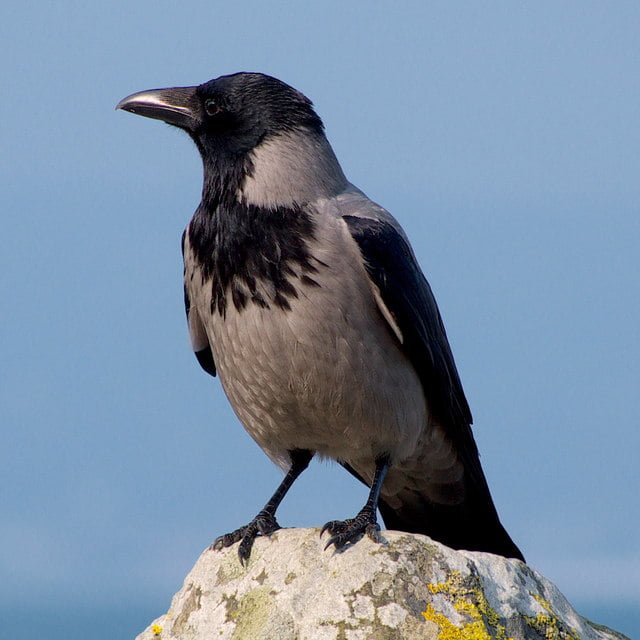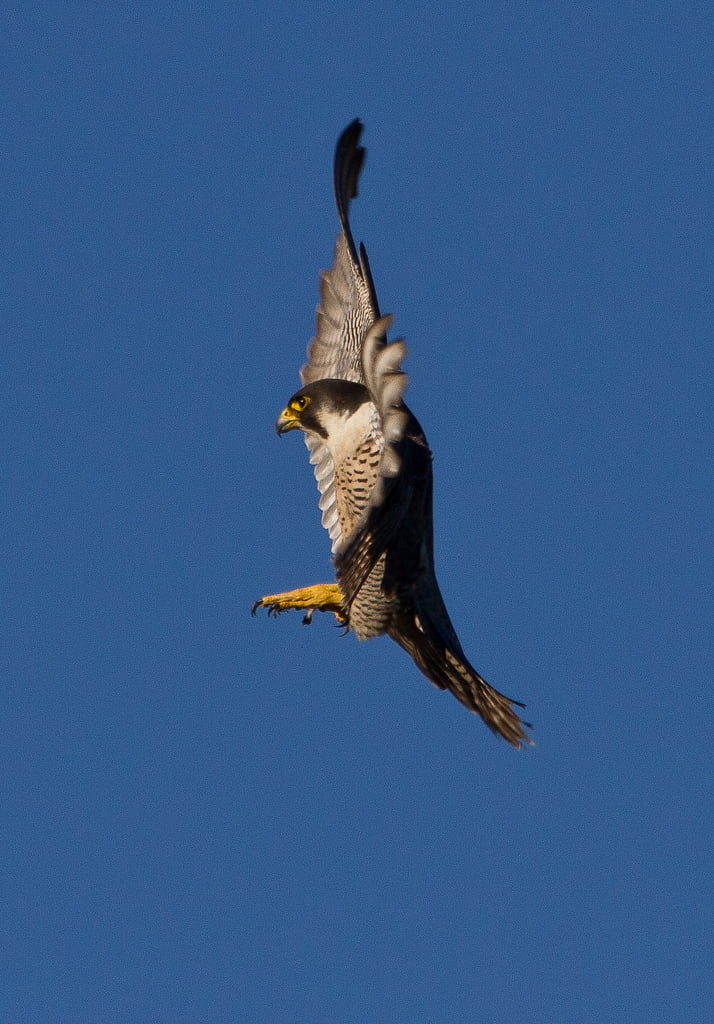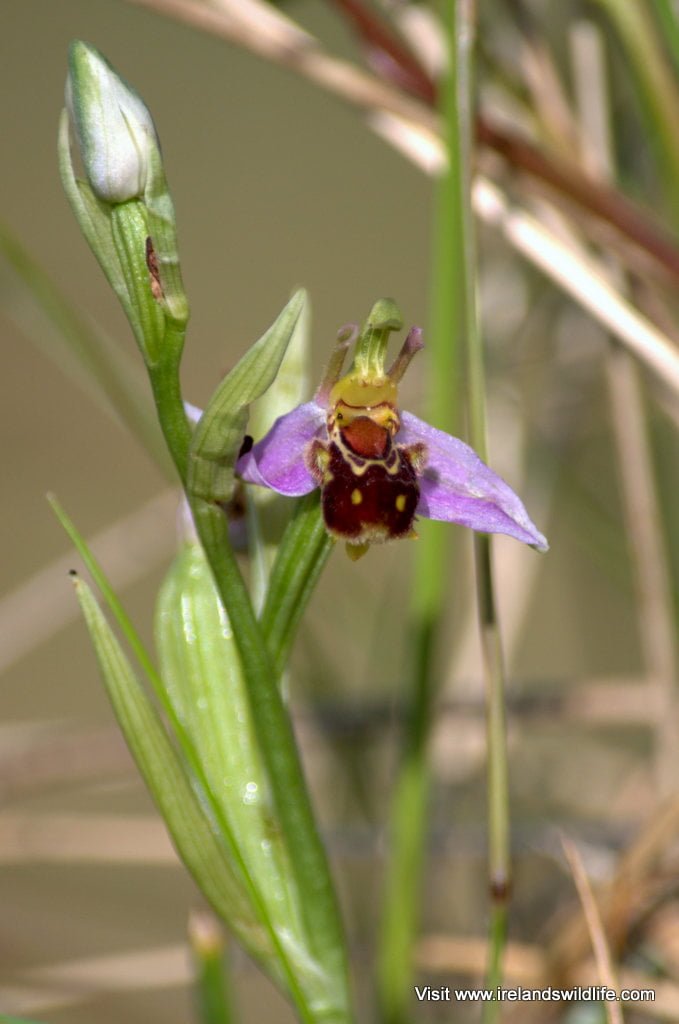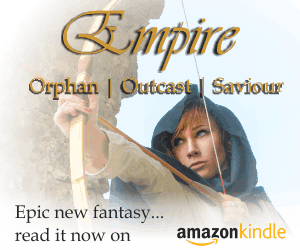Species Profiles
Want to find out more about Ireland’s wildlife species? Check out our ever growing collection of species profiles for Ireland’s birds, mammals, amphibians, reptiles, plants, fungi and invertebrates.
Bumblebees
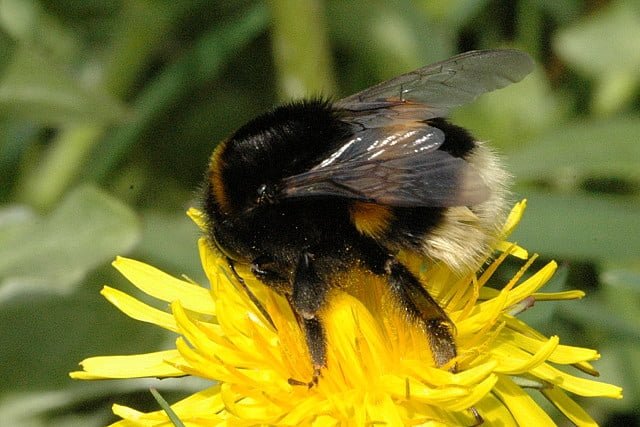
The slow, lazy buzz of the bumblebee is a fundamental part of the Irish summer. These fat, furry, ponderous bees trundle from flower to flower, collecting pollen and nectar to support their growing colony. They liven up the summer garden, and provide an invaluable pollination service to the plants they….
Common Stinkhorn (Phallus impudicus)
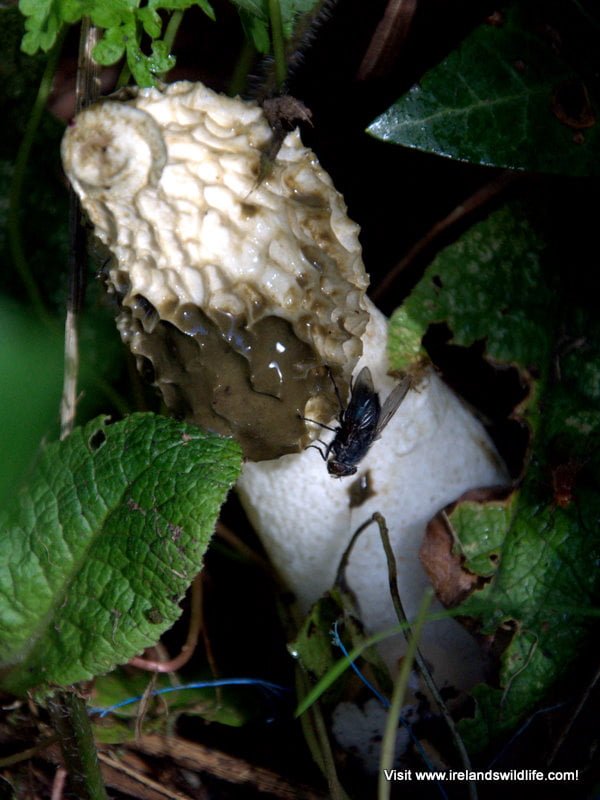
The common stinkhorn is fungus that you’ll almost certainly smell before you see. Its common name is derived from the rather obnoxious odor emitted by the phallic-shaped fruiting body. Unlike most other fungi, which rely on wind for spore dispersal, the stinkhorn’s spores hitch a ride with insects — specifically….




